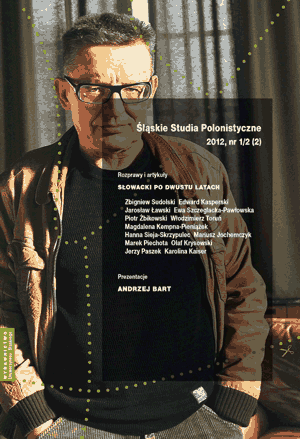The Diaries of Kārlis Zemdega: A Research Experience
Kārļa Zemdegas dienasgrāmatas: pētījuma pieredze
Keywords: Kārlis Zemdega; diaries; Latvian sculpture
The article deals with the research of sculptor Kārlis Zemdega’s (1894-1963) diaries consisting of ten notebooks found in the Latvian State Archive and written from 1910 to 1926.The texts are examined as a particular case related to the general conclusions of researchers about diaries as the specific expression of a personality. Zemdega’s texts are not uniform; they were not created on a regular basis and for various reasons. Not all his diaries are in the possession of the Archive. These aspects also determine how the texts can be used in the study of Zemdega’s art. The early diaries contain undifferentiated accounts of events but later entries show the peasant boy’s and developing artist’s self-communion and emotional reflections increasing in importance. In general these texts are self-addressed records of events, impressions and experiences, sometimes a conversation with himself, sometimes with an imagined or real companion. The earlier texts reveal reflections on the beauty of nature, sensibility and emotionality, vitality and energy important for the developing artist’s sense of life. Notes relating the feelings and reflections on the initial steps in drawing and painting are important. Texts provide a certain insight into Zemdega’s youth experiences of relationships with brothers and sisters; he assesses the importance of his parents’ farmstead and rural environment in shaping his sense of life. One should stress the emotionally sharp notes of 1911 and 1912 written in Königsberg hospital where the young man was treated for osseous tuberculosis and had his leg amputated when he was only eighteen. This personal drama largely conditioned the development of his personality, the chosen way of life and modes of self-realisation. In general the diary texts can be interpreted as revealing subjective truth, expressions of the strained and intensive spiritual life of a romantically inclined person; the facts he facts mentions are largely not verifiable today. The notes made during his student days expose the budding sculptor’s difficult path towards his individual style, discontent with himself, which sometimes led to despair (for a long time he tried to combine art studies, philosophy lectures at the University of Latvia and working to make a living) and intensive work in the sculptor’s studio. The last diaries feature sad loneliness and melancholic reflections. But another document from the Archive collection – a notebook from the same period – would indicate a quite active and sociable lifestyle; Zemdega attended concerts, theatre and opera performances, saw friends and girlfriends, went to parties and, of course, exhibitions as well as going on excursions and reading books. So the subjectively emotional character we read about in the diaries is perfectly feasible. An important experience influencing the developing artist came from his first trip abroad in 1925 when Zemdega spent almost a month in Paris visiting art exhibitions and architecture
More...
